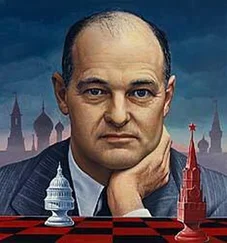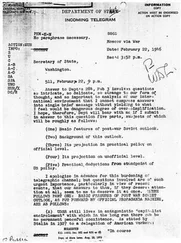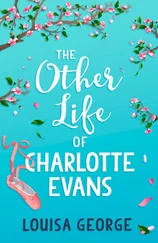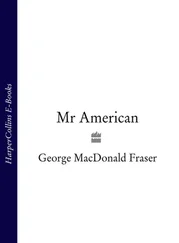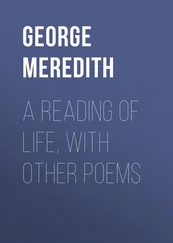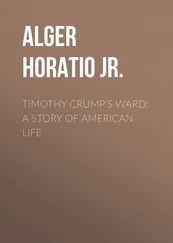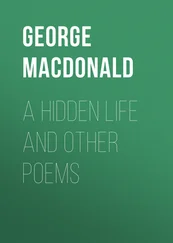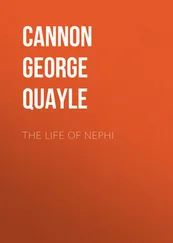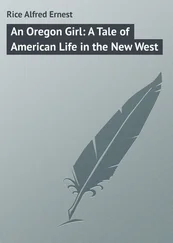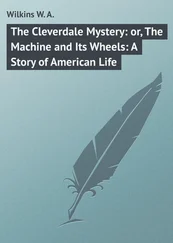George also had the memorable experience, during these years, of falling in love for the first time. The girl was in his class, and he only admired her from afar, “but oh! It was like intimations of heaven.” He would walk an extra mile home to pass her house, although he never called on her: “[O]nce I wrote her a note or a Christmas card… and went through agonies of indecision over whether to send this.” George’s sisters knew something was up when they discovered a manicure set in his room: it was astonishing, Constance remembered, because “we’d always had to make him take Saturday night baths.” But when queried on the matter, he responded with dignity: “Con, I never asked you anything about your life and I don’t expect you to ask anything about my life.” “By the time I went to military school,” George recalled, “I was really quite a husky little boy getting much more confidence in myself.” 48
The school was St. John’s Military Academy in nearby Delafield, Wisconsin, and George entered it at the age of thirteen, having been allowed to skip the eighth grade at Milwaukee Normal. It was—and still is—a fortresslike institution located just across Lake Nagawicka from where the Kennans and Jameses spent their summers. The other members of the family were not at all clear why George’s father decided to send him there, instead of to a high school in Milwaukee, in the fall of 1917. Jeanette guessed that it had something to do with the fear “that George wouldn’t be masculine enough, growing up with sisters.” If so, St. John’s was the right place. “There were so many boys who were sent there because they were obstreperous,” Constance recalled, “and their parents couldn’t deal with them. They used to play all sorts of tricks, and [George] felt sorry for the teachers!” But George liked being in the country and had an enthusiasm for things military: he had been on a drill team while at Milwaukee Normal, and since April 1917, the United States had been at war. 49
St. John’s, George recalled, was good for him. There was hazing, but he tolerated it: “All of us toughened up.” He found in the discipline a compensation for loneliness: “[t]here was no harm at all to be woken up at six o’clock in the morning and then have ten minutes to get dressed and get in ranks, and then to go back and make your bed and clean your room and then go to breakfast.” There was pride: when marching in parades, “[we felt] a certain superiority over the boys on the curbstones, who led what seemed to us the incredibly soft and indulgent life of the juvenile civilian.” There was a kind of freedom: each Monday the students were kicked off campus and told that they were on their own. “[W]e were the terrors of the countryside,” raiding apple orchards, building dugouts, “tobogganing on the hill back of our dormitory and [fighting] enormous snow battles.” There was also refuge, on weekends, at the Frosts’ nearby lake house, where George would arrive “in my grubby, god-damned uniform, and [be] given a bath and put in a beautiful bed with white sheets.” 50
It was a life without many choices to make, but “we did have the pleasures of being promoted and getting command if we did things right.” One test of patience was drilling rookies, a trial Job never had. “I wonder what he would have done,” George wrote to Jeanette. He later added, for his stepmother:
My corporal’s lot is plenty hot,
And hasn’t many joys,
For now I’m chief, (much to my grief)
Of eight unruly boys.
George made cadet lieutenant but handled his platoon so badly on maneuvers that the Army colonel in charge chewed him out in front of two companies, announcing “that if I had done that in the regular army in wartime, I would have been shot at sunrise.” He was then transferred to the staff and discouraged from the further pursuit of a military career. 51
Teachers imprinted themselves indelibly. There was a burly Alsatian, once a waiter, who hurled cadets out of the classroom if they acted up, but he was fine for French verbs. George’s Latin instructor, in contrast, never got upset: he had “an amused recognition of me, of what I could do.” The school’s founder and headmaster, Dr. Sidney T. Smythe, an Episcopal clergyman who had been a boxer in his youth, terrified the students but also inspired them in chapel: “I’ve never forgotten his reading of the Gospel of St. John: ‘And the Word was made flesh and dwelt among us, and we beheld his glory, the glory as of the only begotten of the Father, full of grace and truth.’ I’ve often thought that’s the most beautiful sentence in the English language.” 52
And then there was a young, handsome English teacher who “was very nice to a group of us,” serving ice cream in his apartment and arranging school-sanctioned theater trips to Chicago. He introduced George to Oscar Wilde and Bernard Shaw, then “frightfully avant garde,” and also to Princeton by having him read F. Scott Fitzgerald’s recently published This Side of Paradise . But after George graduated, there came an invitation to stay overnight in Chicago, and “it turned out he was a homosexual. He made passes at me in the middle of the night, and I got up and fled and never saw him again. I felt sorry for him. I didn’t want to hurt him. But I felt I just couldn’t stay there. He later committed suicide.” 53
George was well aware, by then, of homosexuality. “What could you expect? These were boys in ages from 13 to 18 and obviously during this period the sexual powers ripened.” He himself had been attracted to an older boy who played on the basketball team, and “I’m sure that had I remained in an all male environment any longer, I like all of us would have developed homosexual tendencies simply because of the lack of other objects.” But “it was never in any way natural to me, and the moment I had an interest in women I never had anything like that.” 54
“I went there as innocent as an angel,” George recalled of St. John’s, “and emerged from it, four years later, not much more sophisticated than I was when I had entered it.” Perhaps. But he was sophisticated enough, by his senior year, to send Jeanette, who preserved it, this slightly salacious poem:
Now student A has started
On a pleasant little snooze
And soon he dreams of holidays
And country clubs and booze;
….
Flappers that have passed him by,
Flappers that have made him sigh,
Flappers that drink bonded rye,
At any time they choose.
One flapper is particularly
Kind to him it seems,
…
So he leads her through the palm trees,
And he talks in happy streams,
Streams, -
Streams, -
While the maiden nods and beams;
His attentions are requited,
And the flapper so delighted
That the poor boy gets excited
And proposes in his dreams. 55
George’s dream now was acceptance at Princeton—Fitzgerald’s novel having eclipsed the Navy’s attractions—and the St. John’s dean, Henry Holt, excused him from classes to allow preparation. Jeanette helped also, tutoring George in chemistry: she knew nothing about the subject, “but I had the book.” Even so, admission was no sure thing: George failed the entrance examination and resigned himself to a year of preparatory school. He tried again at the last moment, and this time he passed: as he remembered it, he was the last student admitted. No one else from St. John’s made it into an eastern college. 56
The 1921 St. John’s Military Academy Yearbook shows a smiling and self-confident young man in a track suit in the front row of the team, having taken athletic honors in that sport as well as in football, hiking, and tennis—he was also, by then, an accomplished swimmer and diver. He played in a jazz band. His record as a cadet—whatever he remembered about his blunders on maneuvers—showed steady promotions from private through corporal, sergeant, and lieutenant. There were scholastic honors for Latin, French, English, and “Caesar.” He was, unsurprisingly, class poet, although his commencement poem is much less interesting than the one he sent Jeanette. His favorite author is recorded as Bernard Shaw, his disposition as “vascillating,” and his “pet peeve” as “The Universe.” 57And because he had skipped his final year at Milwaukee Normal, he was still only seventeen.
Читать дальше


